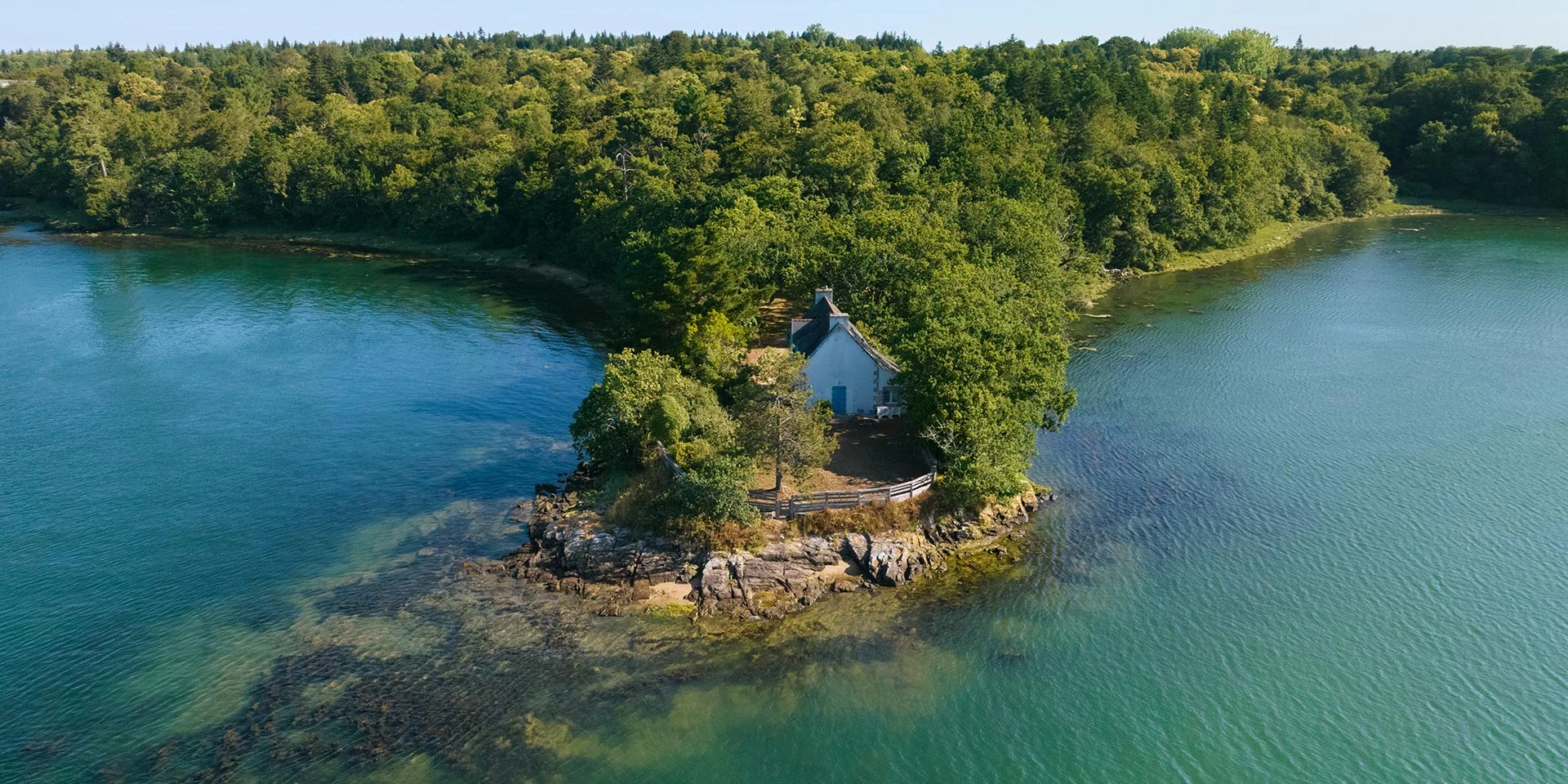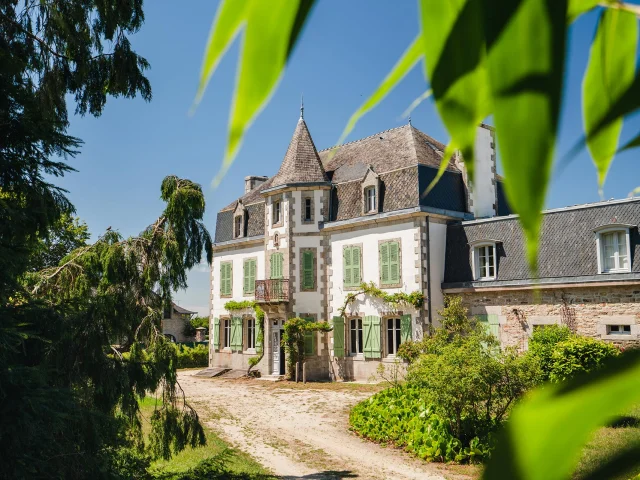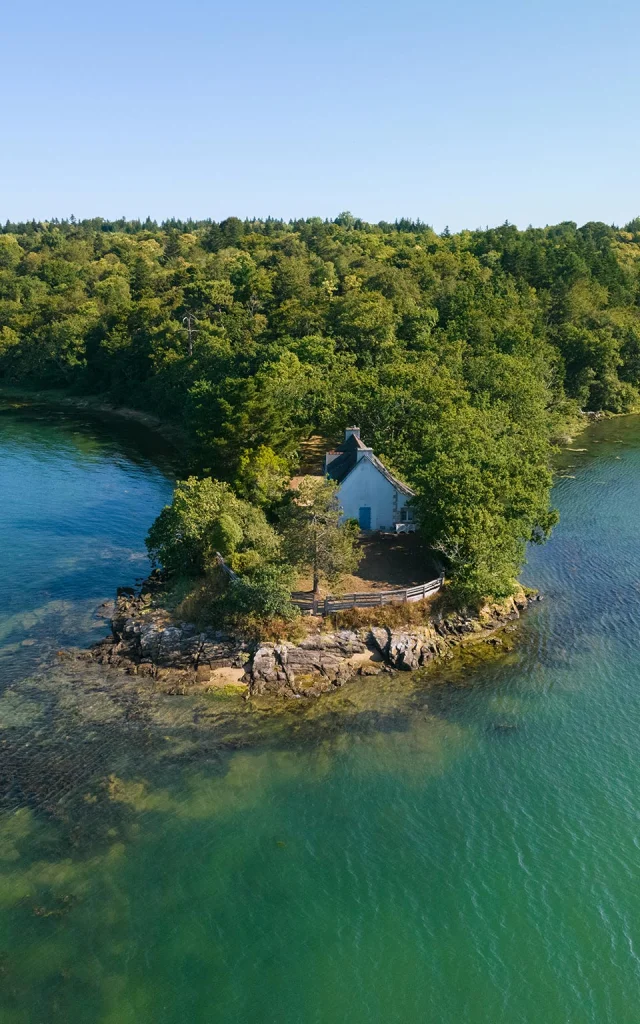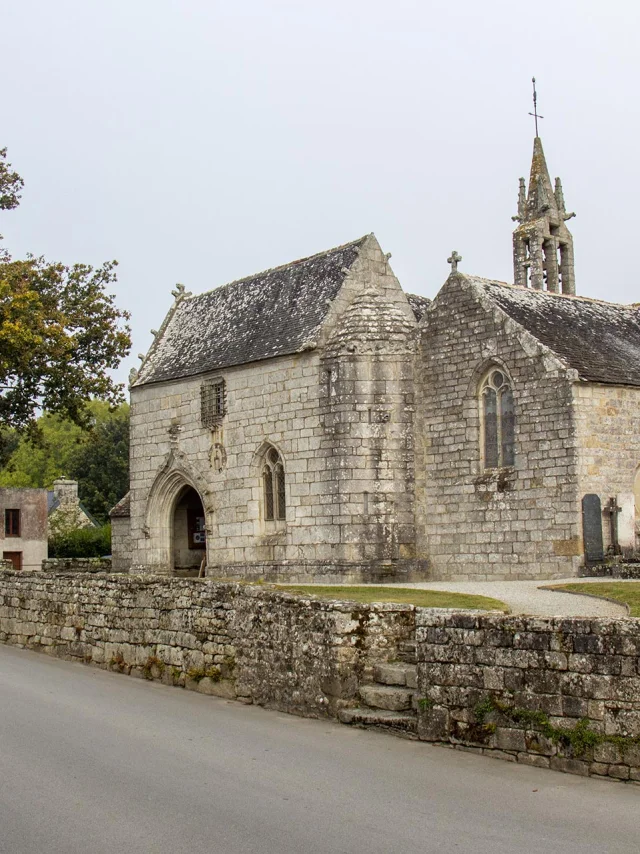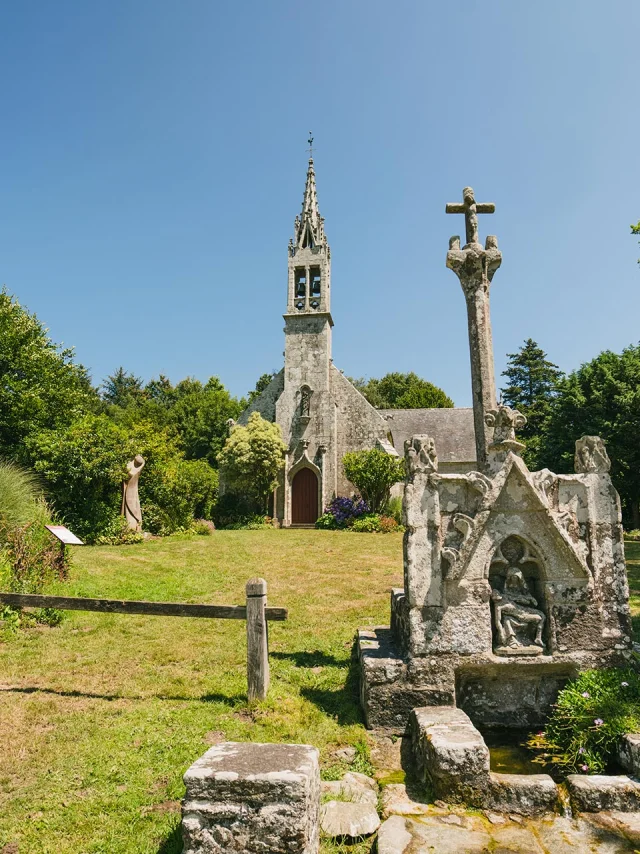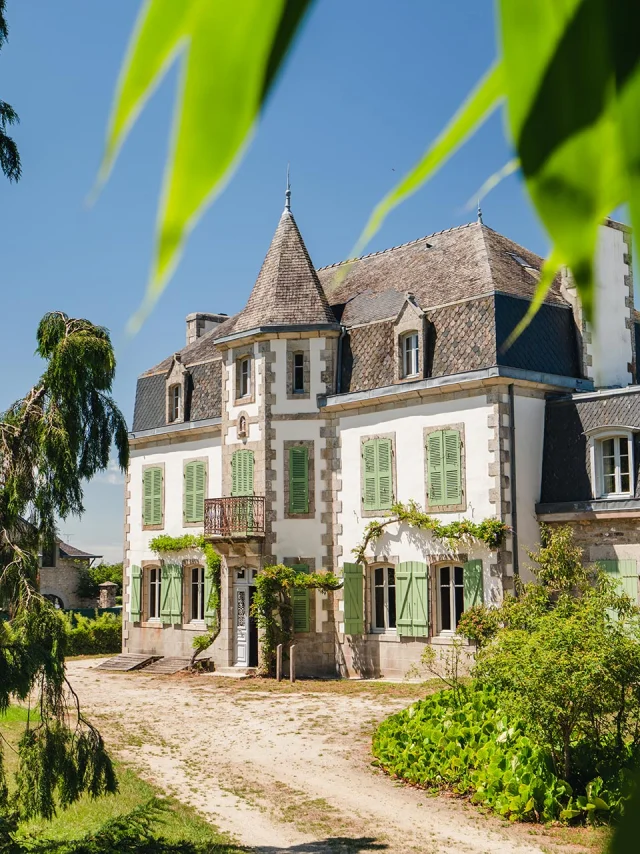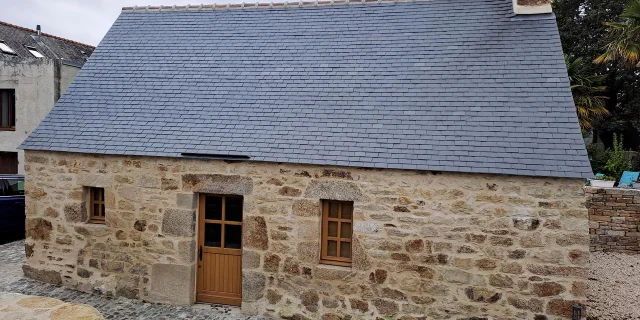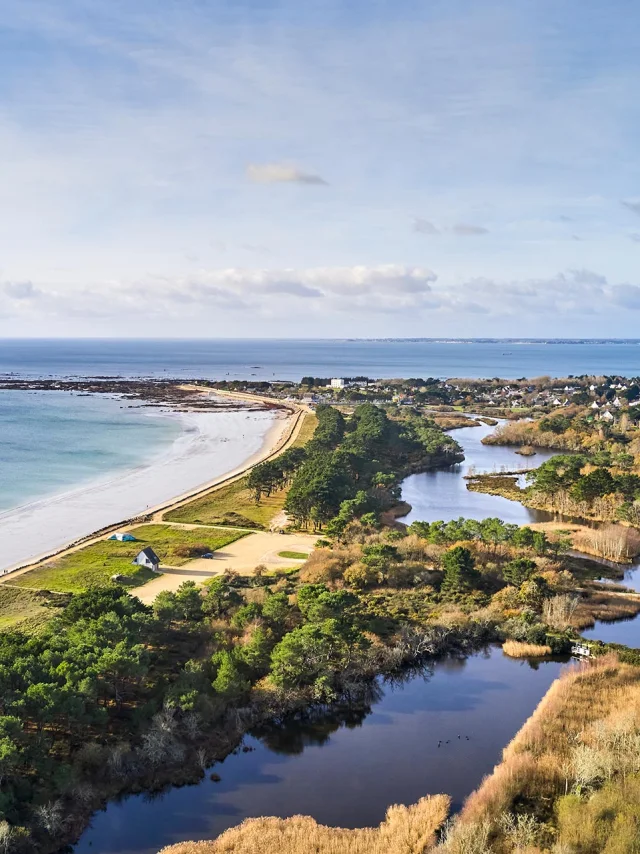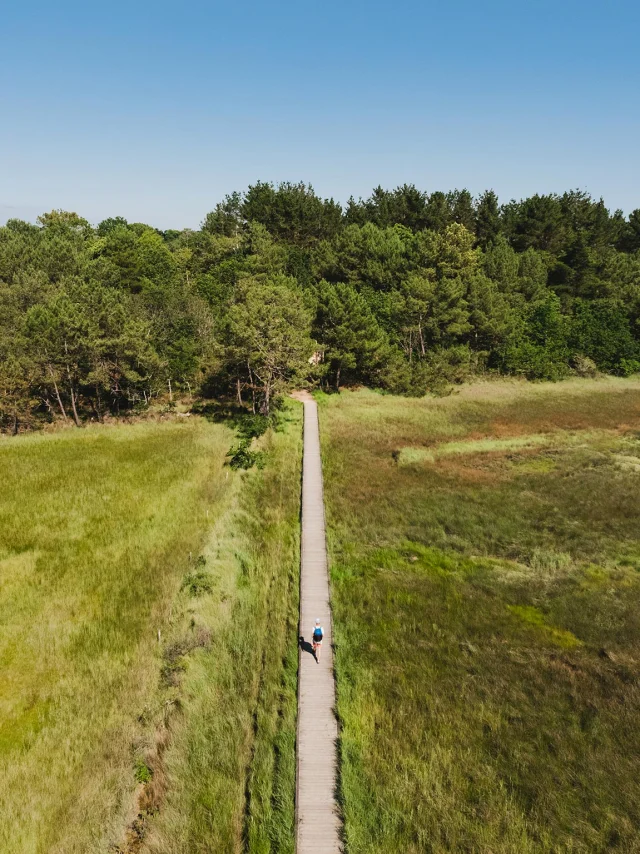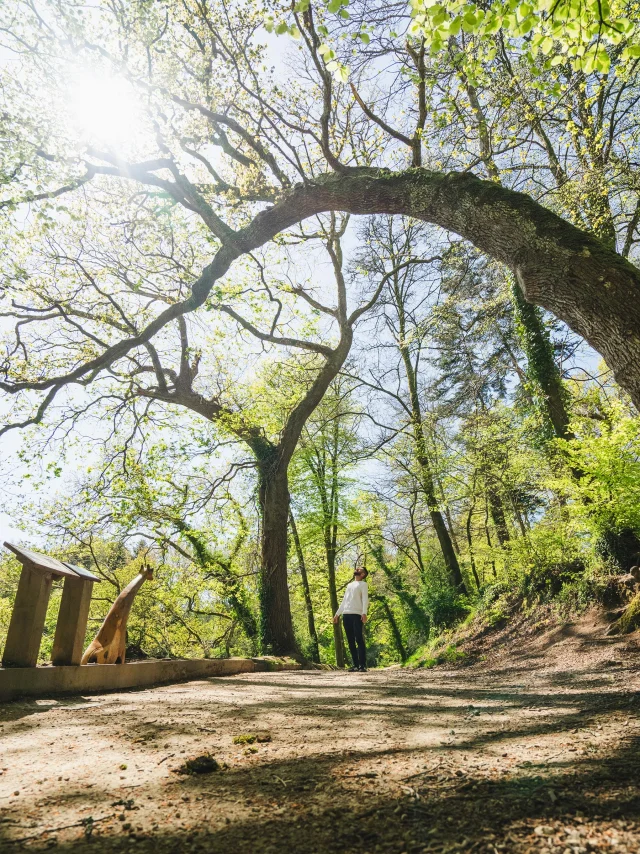CLOHARS-FOUESNANT
Clohars-Fouesnant, discreet charm between land and sea
At the gateway to Bénodet and the beaches of Mousterlin, Clohars-Fouesnant has a peaceful, authentic feel. The smallest commune in the Pays fouesnantais, it nevertheless boasts a remarkable heritage: the Squividan manor house, now a departmental museum, the Château de Cheffontaines and many characterful residences.
Its estuary, between Beg Ar Vir and the Guernévin mill, reveals a unique landscape where the Odet meets the ocean. Take a walk along the GR34, go bird-watching or stay at the Maison du passeur, a heritage gîte in the heart of a protected natural site… Here, nature invites you in at every step. Nearby, the Cornouaille bridge links Clohars-Fouesnant to the Pays Bigouden.
Golf lovers? The Golf de l’Odet boasts an 18-hole course surrounded by pines and oaks, in a typically Breton setting.
Pines and oaks, in a typically Breton setting.
In summer, the town is alive with free open-air concerts ( Mardis de Clohars ), baroque music in the church of Saint-Hilaire, contemporary art exhibitions in the manor house of Squividan and in Ti Chan, not forgetting the pardons in the chapel of Drennec, a highlight of Breton tradition.
Between heritage, nature and culture, Clohars-Fouesnant offers a true Breton interlude, ideal for recharging your batteries and savouring the gentle way of life.
